Best Veggies to Grow According to Soil Type: A Comprehensive Guide
Growing vegetables at home is a rewarding way to ensure fresh, organic produce year-round.
However, choosing the right vegetables based on your soil type is crucial for a successful harvest. Different soil types support different plant needs, so it’s essential to know your garden's soil structure before planting.
In this article, we’ll explore the best vegetables to grow according to your soil type, along with helpful product recommendations from Amazon to optimize your gardening experience.
Disclaimer: Simplify may receive a small affiliate commission from purchases made via links in this article but at no cost to you.
1. Sandy soil
Sandy soil drains quickly and warms up faster in the spring, which is great for early planting but often struggles to retain nutrients and moisture.
To make the most of this soil type, it's important to grow vegetables that thrive in these conditions.
Best vegetables for sandy soil:
- Carrots: Deep, well-draining sandy soil allows for long, straight carrot roots to grow without obstruction.
- Radishes: These fast-growing vegetables thrive in loose soil.
- Potatoes: Sandy soil prevents waterlogging, reducing the risk of tubers rotting.
- Tomatoes: They grow well in sandy soil as long as you keep up with watering and nutrient additions.
Recommended product:
Jobe’s Organics All Purpose Plant Food enriches your sandy soil with this organic fertilizer to ensure your plants get the nutrients they need.
Jobe’s Organics All Purpose Plant Food
2. Clay soil
Clay soil is dense and retains water, but it can become compacted easily, leading to poor root growth. However, with the right preparation, clay soil can be transformed into a fertile environment for certain vegetables.
Best vegetables for clay soil:
- Cabbage: This heavy feeder enjoys the nutrient-rich qualities of clay.
- Brussels sprouts: Like cabbage, they do well in clay as long as the soil is properly aerated.
- Pumpkins: These large, thirsty plants benefit from the moisture-retaining properties of clay soil.
- Beans: Their deep roots can break through compacted clay and improve soil structure over time.
Recommended product:
Aerating clay soil before planting is essential. The Colwelt Heavy-Duty Garden Aerator helps break up compacted soil efficiently.
Colwelt Heavy-Duty Garden Aerator
3. Loamy soil
Loamy soil is the ideal soil type for gardening. It is a balanced mix of sand, silt, and clay, which provides excellent drainage, fertility, and structure.
Most vegetables grow well in loamy soil, but some crops particularly thrive in this perfect environment.
Best vegetables for loamy soil:
- Lettuce: It loves the nutrient-rich, moisture-retentive qualities of loamy soil.
- Broccoli: Grows well with the consistent moisture levels and rich organic matter loamy soil offers.
- Peppers: Both sweet and hot varieties thrive in loamy soil, where they can get ample nutrients.
- Cucumbers: They love the well-drained yet fertile structure of loamy soil.
Recommended product:
Even with loamy soil, it’s essential to check the pH and nutrient levels. The MySoil Soil Test Kit provides detailed results to help you tailor your garden’s needs.
MySoil Soil Test Kit
4. Silty soil
Silty soil has small particles, making it smooth and fertile. It holds moisture better than sandy soil but drains more effectively than clay, making it ideal for many vegetable crops.
However, it can become compacted if not managed well.
Best vegetables for silty soil:
- Onions: They grow well in silty soil as long as it is not too waterlogged.
- Beets: These root crops appreciate the fine texture and nutrients in silty soil.
- Spinach: Thrives in nutrient-rich, moisture-retentive silty soil.
- Zucchini: This fast-growing vegetable loves silty soil’s moisture retention and fertility.
Recommended product:
Applying a layer of mulch to silty soil helps prevent compaction and retains moisture during dry periods.
100% Natural Pine Bark Mulch Nuggets
5. Peaty soil
Peaty soil is rich in organic matter and retains moisture well, but it can be low in nutrients and prone to waterlogging. With the right amendments, it can be an excellent medium for growing vegetables.
Best vegetables for peaty soil:
- Celery: Thrives in the moisture-retentive qualities of peaty soil.
- Leeks: They grow well in damp soil and benefit from the organic matter found in peaty soils.
- Asparagus: Loves the moisture retention of peaty soil, as long as it’s well-drained.
- Turnips: Prefer the acidity of peaty soil and grow well in its moisture-retentive environment.
Recommended product:
Peaty soil can become waterlogged, but adding perlite will improve drainage and prevent root rot.
Organic Perlite by Perfect Plants
Best veggies for which soil type
Selecting the right vegetables based on your soil type is essential for a bountiful harvest. Whether you're working with sandy, clay, loamy, silty, or peaty soil, there are vegetables that will thrive with a little preparation and care.
Next up, check out this post on What to Plant in Each Season of The Year.












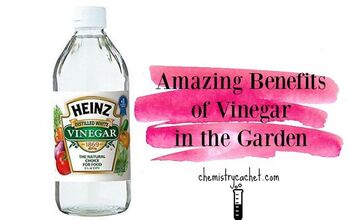
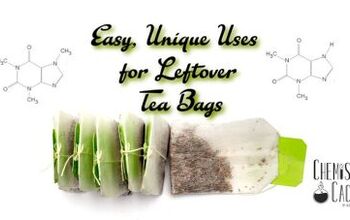



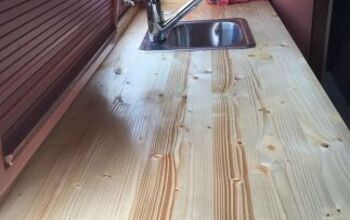
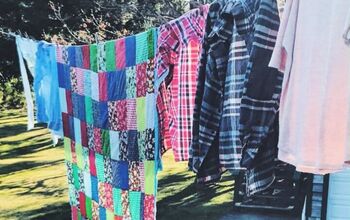

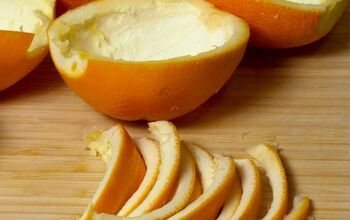

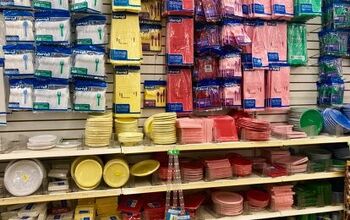



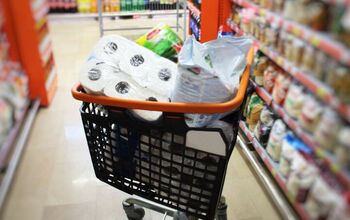


Comments
Join the conversation